No article found or not published for this site.
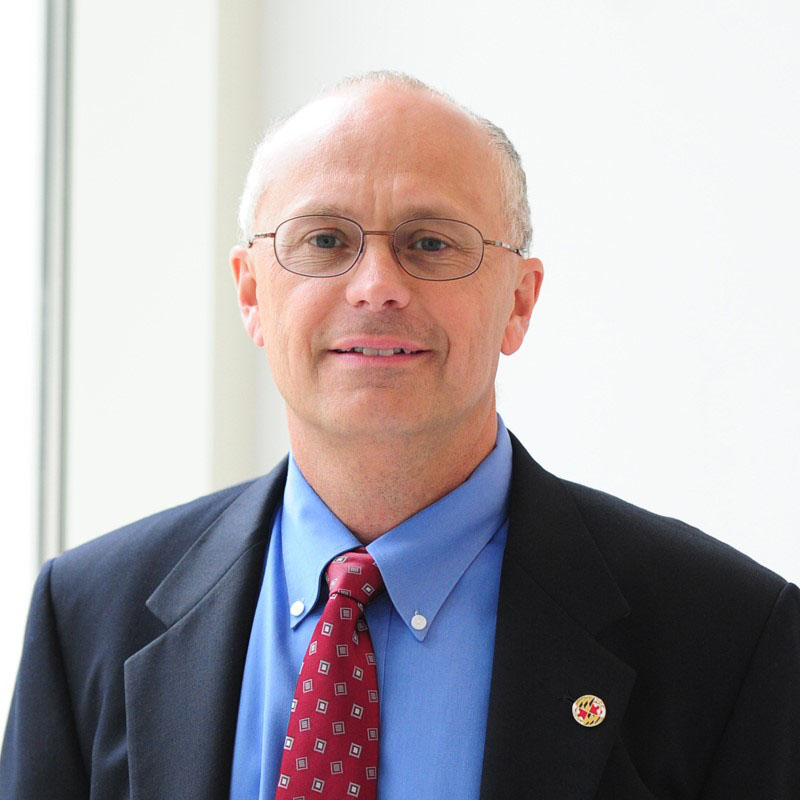
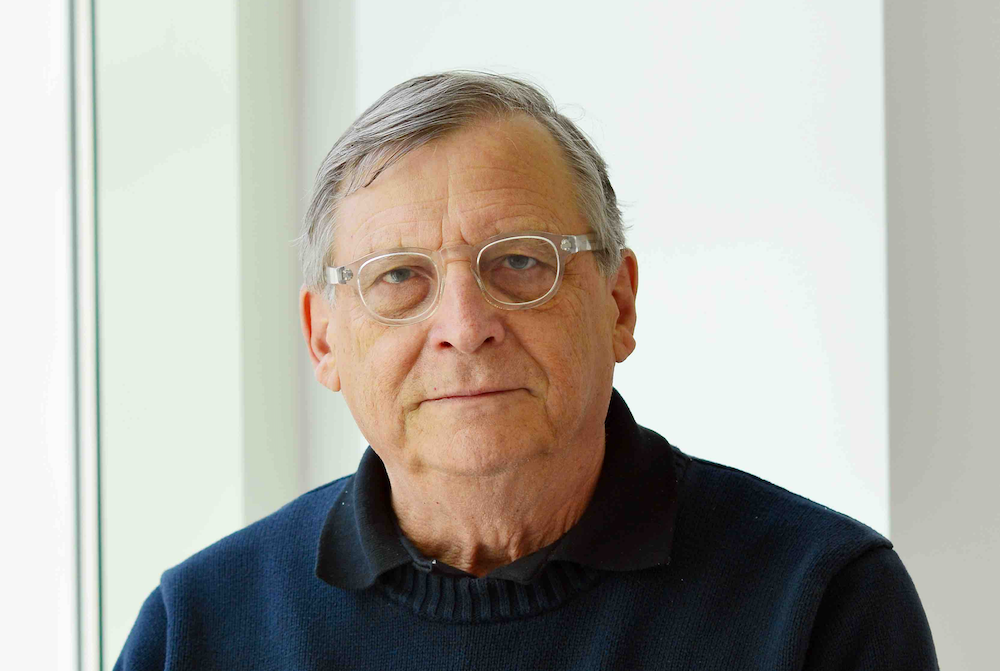
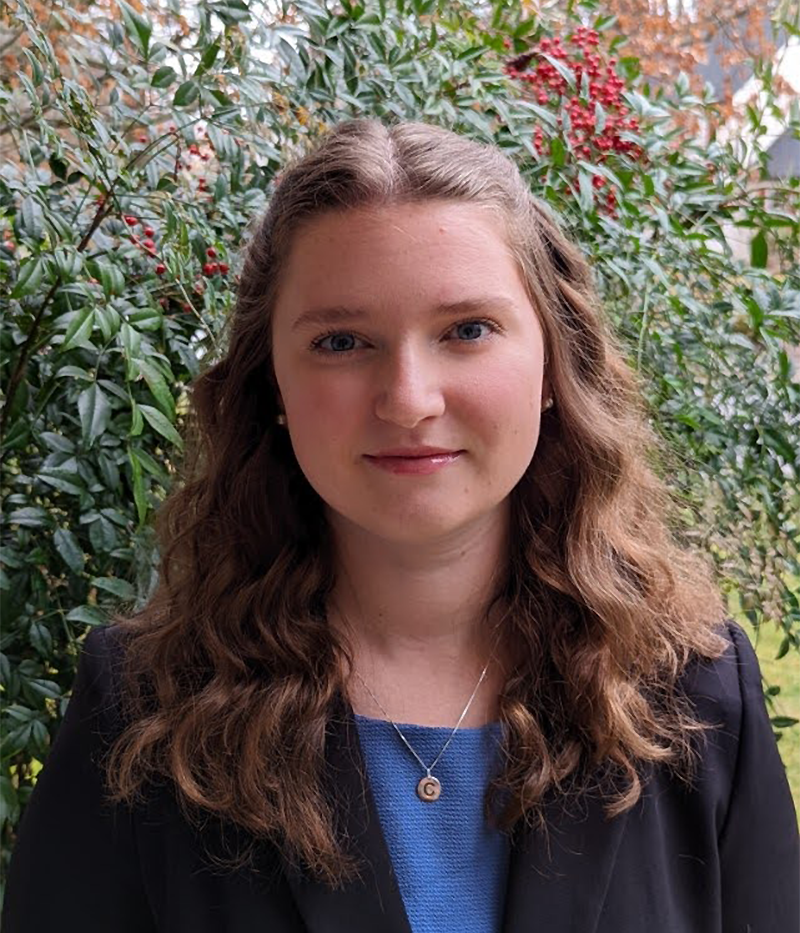
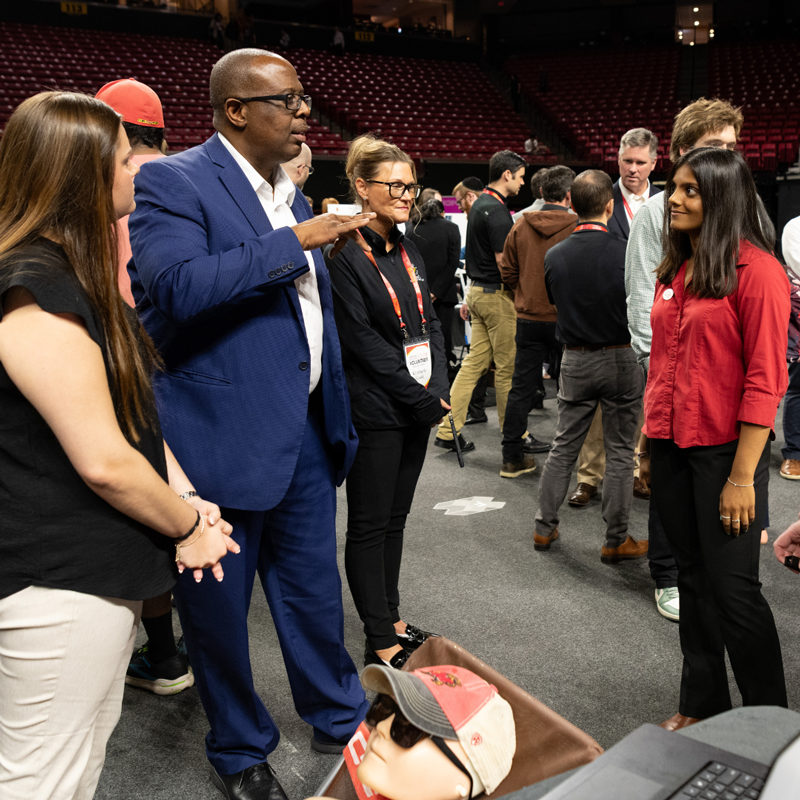
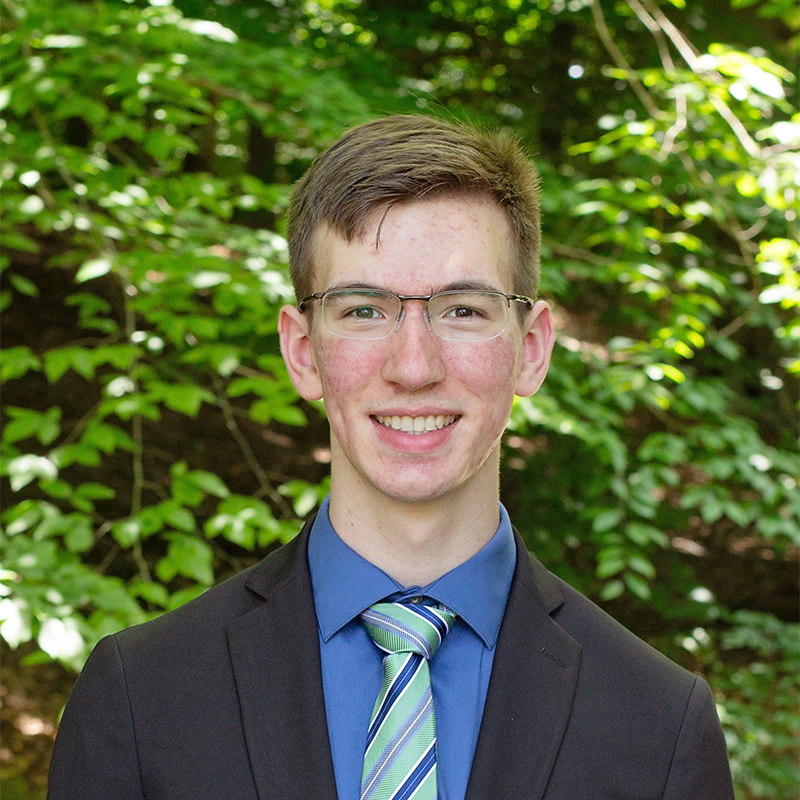
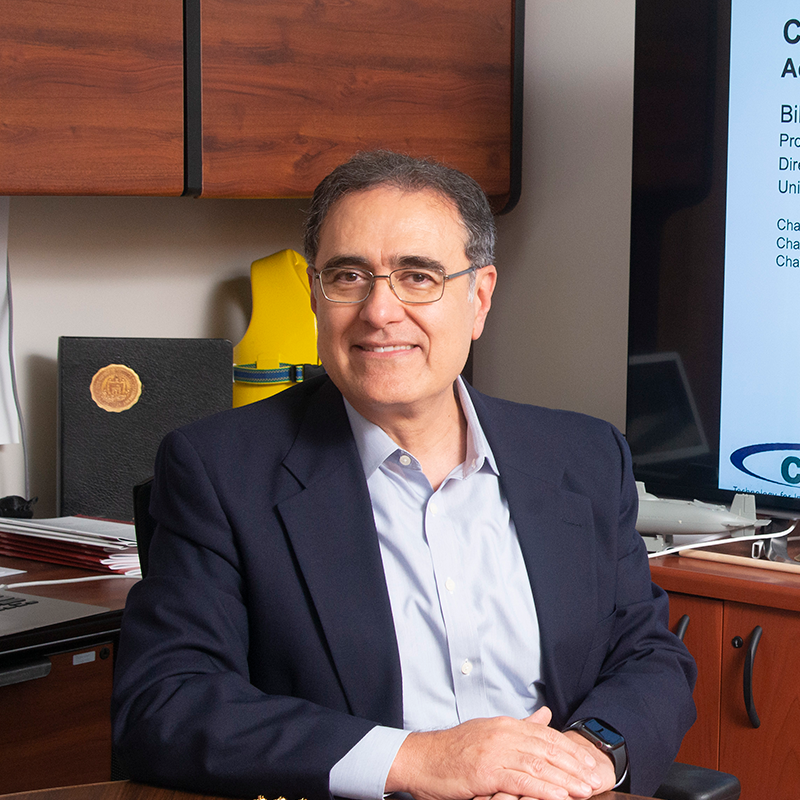
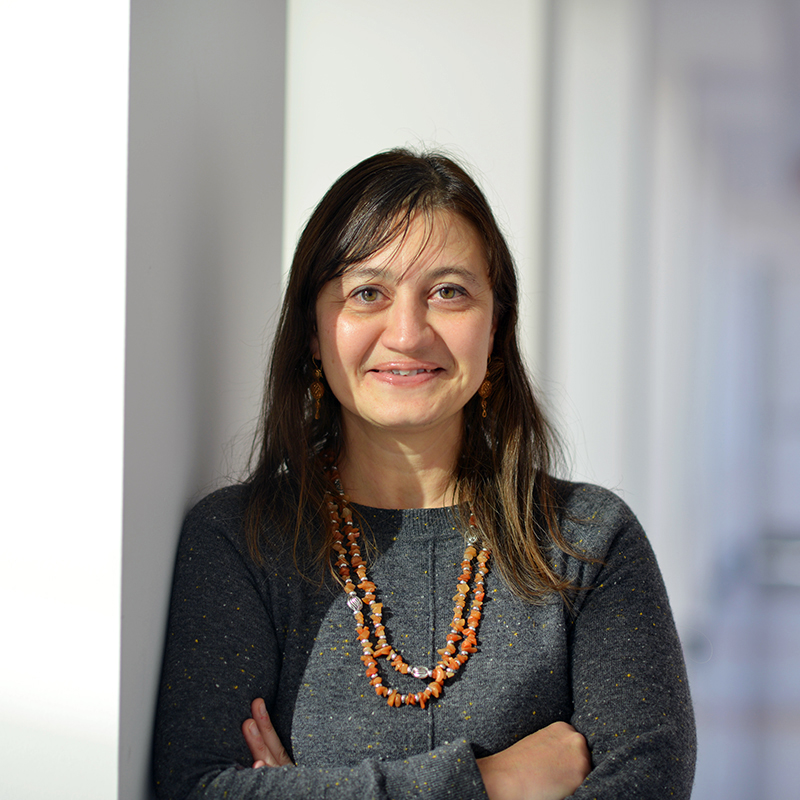
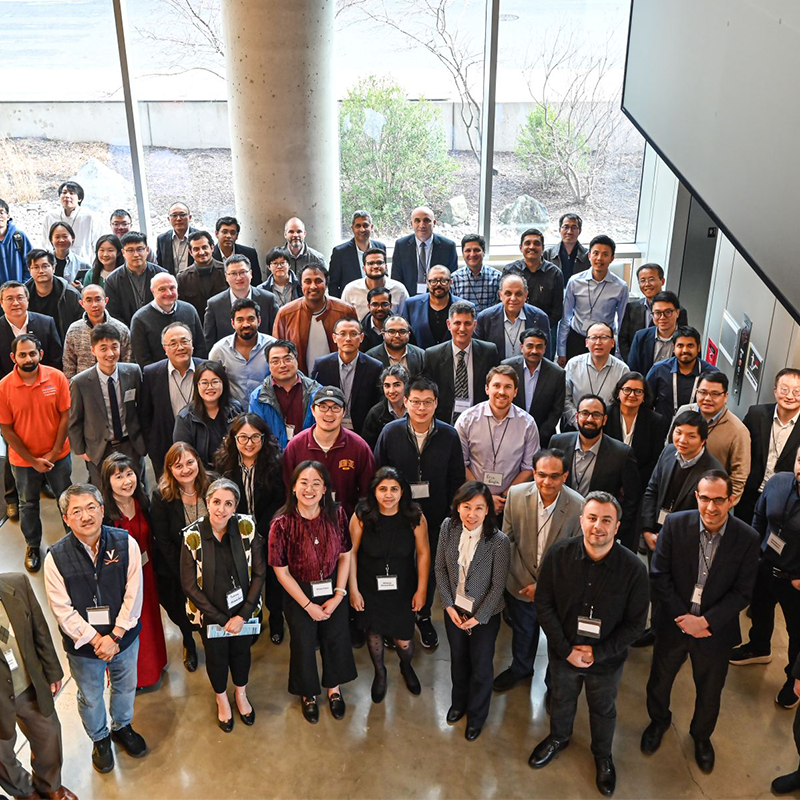
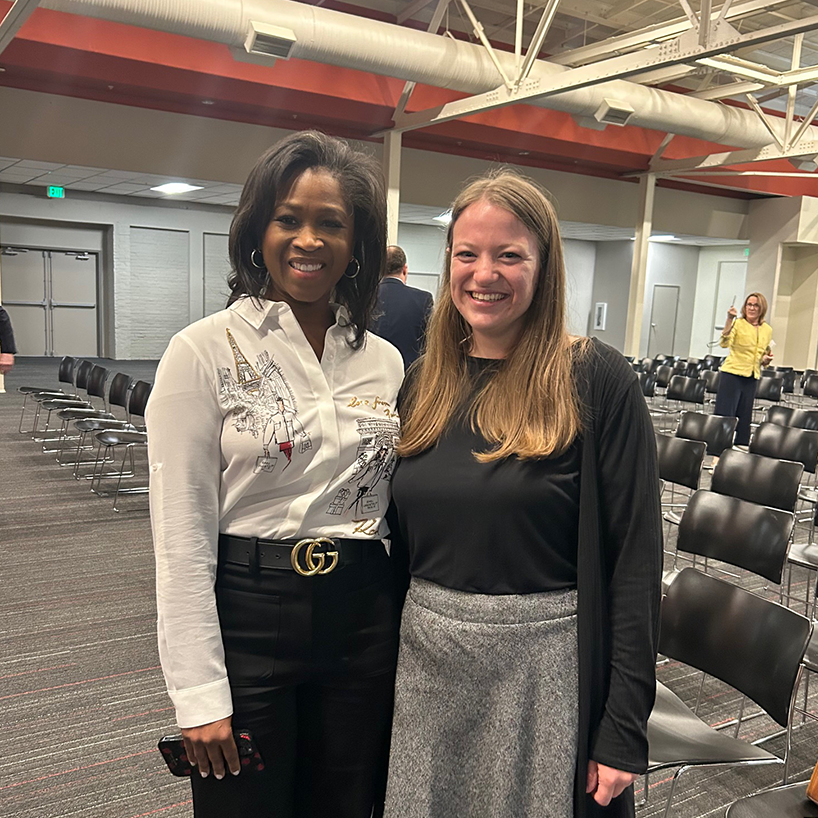
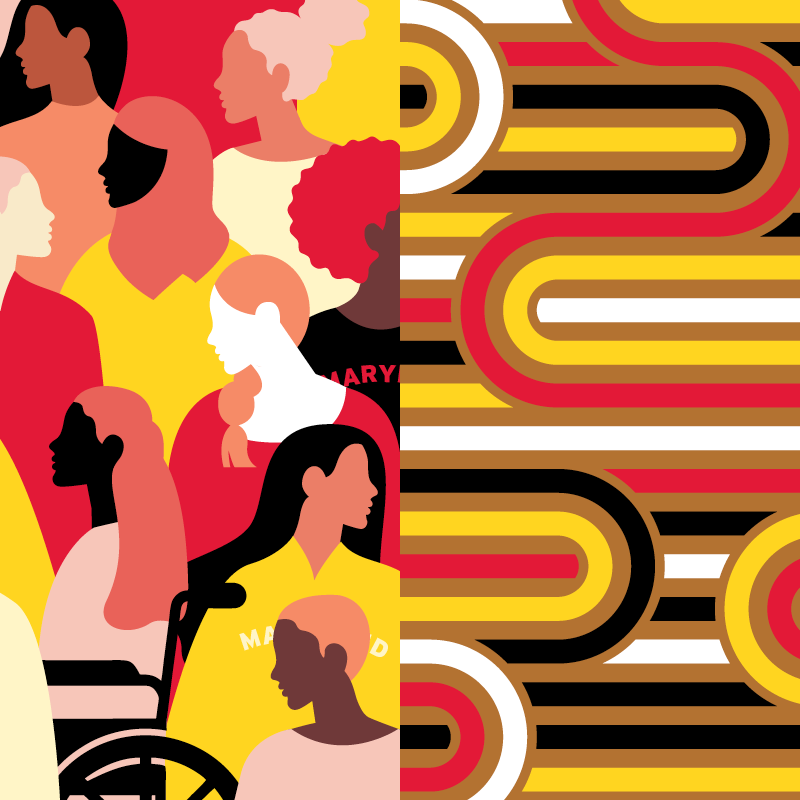
Recent Stories
Stories / May 30, 2025
Davis Honored by Environmental and Water Resources Institute

Stories / May 28, 2025
Baecher Named Hagler Fellow at Texas A&M University

Stories / May 15, 2025
Outstanding Senior Award: Caroline Kahl

Stories / May 15, 2025
From the Chesapeake Bay to Deep Space: Innovating for the...

Stories / May 14, 2025
Outstanding Junior Award: Henry Renze

Stories / May 2, 2025
Ayyub’s Lifetime Achievements Honored by ASCE

Stories / Mar 27, 2025
Cirillo Appointed Chair of TRB Travel Forecasting Committee

Stories / Mar 27, 2025
UMD Hosts ASCE Workshop on Generative AI in Transportation

Stories / Mar 27, 2025
Passionate About Community

Stories / Mar 3, 2025
The Clark School Celebrates Women and Multiracial Engineers and...
